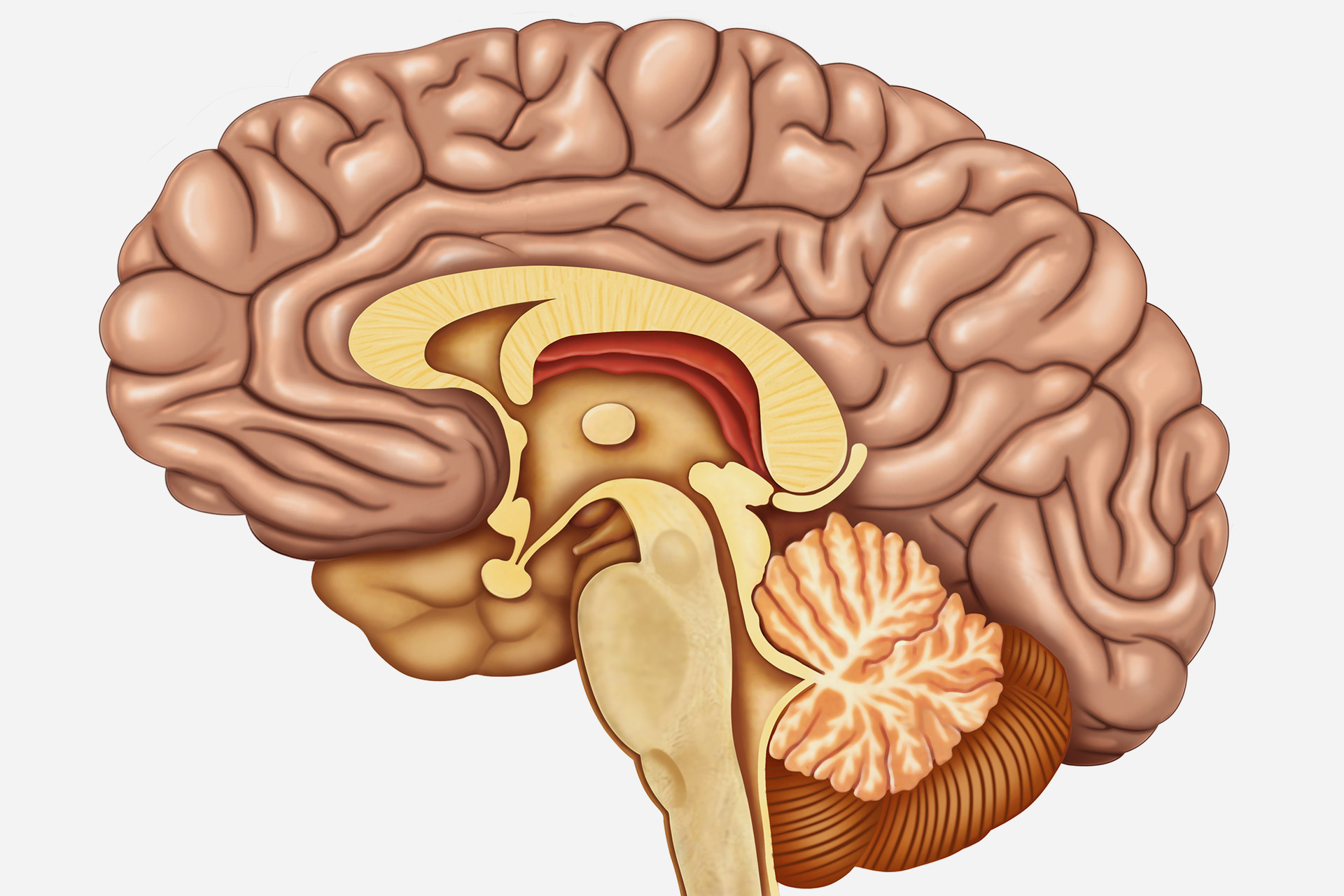A correlation was observed between increased electrical and chemical neural activity and an increase in the amount of phosphorylated alpha-synuclein in neurons (Shutterstock)
Researchers have revealed that the phosphorylated protein synuclein, which is linked to a number of neurodegenerative diseases, has a role in communication between neurons in the healthy brain.
The study was conducted by researchers from the University of California, San Diego, in the United States of America, and was published at the end of last December in the journal Neuron, and the website ScienceDaily wrote about it.
Phosphorylation is a process in which a phosphate ion is added to an amino acid, or to a structural unit within a protein. When a phosphate ion is added, the protein becomes phosphorylated. When the phosphorylation process takes place, the shape of the protein changes, and its activity level changes. In our case, the protein that was phosphorylated is alpha-synuclein.
Most studies on this protein have focused on its role in some neurodegenerative diseases such as Parkinson's disease and dementia associated with Lewy bodies. In dementia associated with Lewy bodies, there is an accumulation of clumps of proteins called Lewy bodies.
These proteins are thought to be toxic to nerve cells. One of the prevailing theories in this context is that phosphorylated alpha-synuclein stimulates the occurrence of this disease.
It infects millions of people
Neurodegenerative diseases are a group of diseases that affect millions of people around the world, the most common of which are Parkinson's disease and dementia. These diseases occur when nerve cells in the brain or peripheral nervous system gradually lose their ability to function until they die. Although there are some treatments that can help reduce the physical or mental symptoms associated with these diseases, slowing down their occurrence or completely curing them is not possible at this moment.
Dr. Beth Ann Sieber, program director at the National Institute of Neurological Disorders and Stroke (NINDS), points out that most studies so far link the presence of phosphorylated alpha-synuclein to the presence of a disease such as Parkinson's disease.
Recently there has been increased interest in developing drugs that inhibit alpha-synuclein phosphorylation in an attempt to treat these diseases. The results obtained challenged current hypotheses about the origin of these diseases in the brain. These findings could shed light on better treatments for these diseases.
Previous studies conducted in the laboratory of Professor Subhujit Roy, a physician and professor at the University of California San Diego and the lead researcher for this study, indicate that the protein alpha-synuclein reduces excess nerve signals in the healthy brain to regulate nerve communication.
During the studies conducted, it appeared unexpectedly that the process of phosphorylating alpha-synuclein is a necessary process for the protein to function normally.
Molecular modeling was used to view the structural structure of alpha-synuclein to show that alpha-synuclein is phosphorylated. The structure of alpha-synuclein has changed in a way that enhances interaction with other proteins within the healthy brain. This study was conducted in Professor Roy's laboratory and was led by postdoctoral researcher Leonardo Parra Rivas.
Moreover, a correlation was observed between increased electrical and chemical neural activity and an increase in the amount of phosphorylated alpha-synuclein in neurons grown in the laboratory, and in the brain tissue of mice. These results suggest a possible relationship between synaptic activity and phosphorylation of phosphorylated alpha-synuclein. In addition, experiments have shown that the phosphorylation process plays a major role in assembling the protein networks that connect synaptic vesicles. Vesicles are small pockets that secrete chemicals that enable nerves to communicate with each other and communicate with other cells, and they can also slow down nerve activity.
Therefore, alpha-synuclein phosphorylation represents the brake that controls some neural activities, suggesting that it may have a role in healthy brains that was not previously explored. Dr. Roy notes regretfully that we knew, but it was too late that we did not look at synuclein phosphorylation in the right way.
Olfactory bulb
Take, for example, the circuits in the olfactory bulb, which the researchers' findings indicate contain high levels of phosphorylated alpha-synuclein. The nose never stops smelling and is therefore in a constant state of activity. One hypothesis suggests that phosphorylated alpha-synuclein has evolved to become a safety device used to protect neural circuits that need to be overly active. The presence of constantly phosphorylated alpha-synuclein in certain locations in the brain reflects the need for this biochemical state in these areas.
More studies are now needed to understand the relatively few events that occur in the healthy brain, and that accumulate over time, that can trigger the accumulation of alpha-synuclein to form Lewy bodies, which leads to Parkinson's disease and Lewy body dementia. Furthermore, medications designed to inhibit alpha-synuclein phosphorylation can inadvertently cause side effects to prevent a process that could protect nerve function during peak activity.
Source: Al Jazeera + agencies

